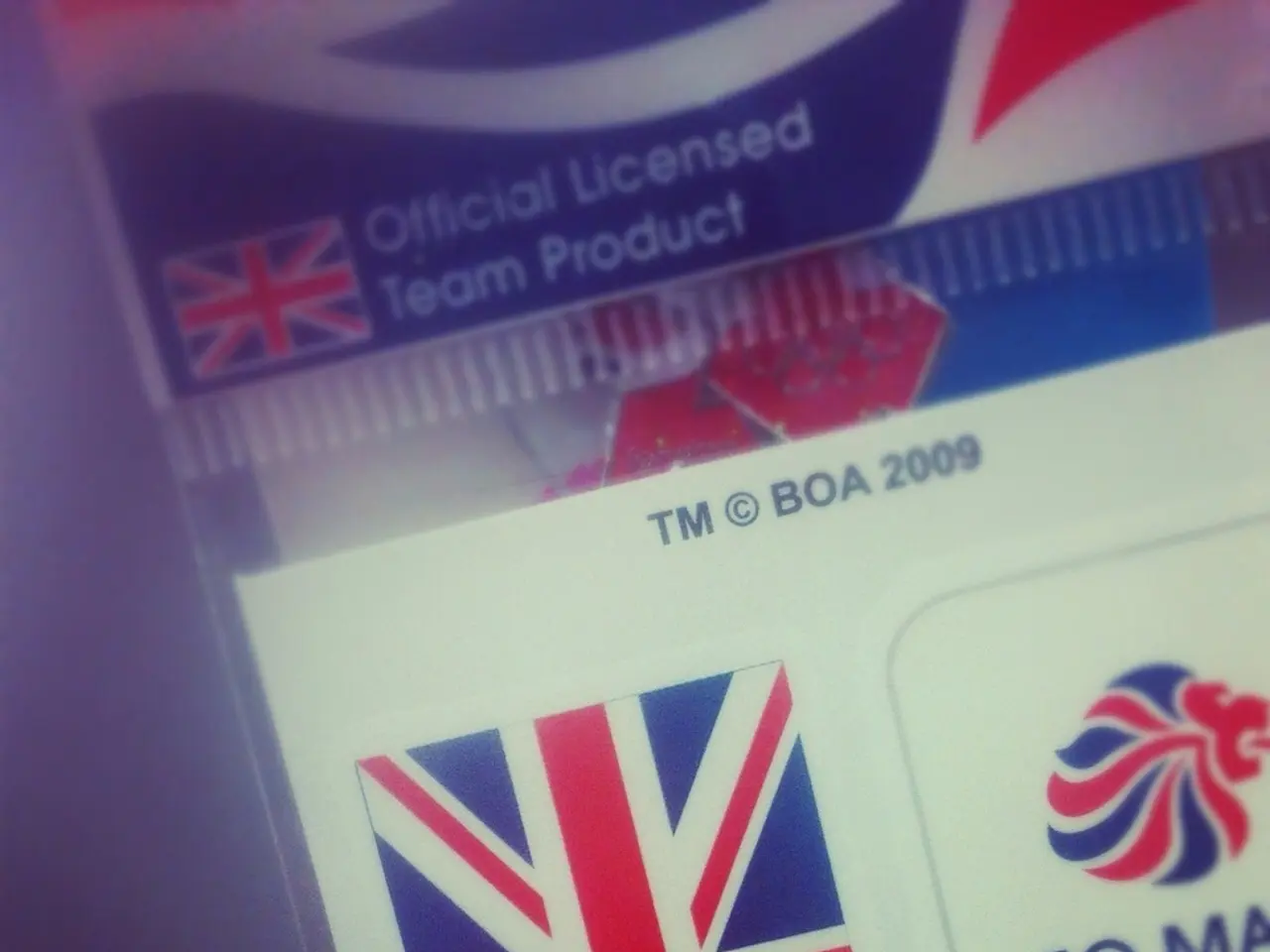Protecting Yourself from Fake Banking Applications
In the digital age, the convenience of mobile banking comes with a potential risk - counterfeit banking apps. These fraudulent applications, designed to mimic legitimate banking apps, can put your financial information at risk. Here are some best practices to help you identify and avoid these malicious apps.
Firstly, download apps only from official app stores such as the Google Play Store and Apple App Store. Be cautious of links sent via SMS, email, social media, or unofficial websites, as counterfeit apps are often distributed through phishing messages or fake websites that mimic bank branding.
When you're about to download an app, check its details carefully. Verify the developer name, app reviews, download count, and update frequency. Counterfeit apps often have fewer downloads, poor reviews, or slight differences in spelling or logos.
Avoid clicking on links in unsolicited messages. Cybercriminals use phishing SMS, Discord links, or emails to lure users into installing fake apps designed to steal credentials.
Verify the app’s permissions. Be wary if the app asks for excessive permissions unnecessary for banking, like access to contacts or SMS, which might indicate malicious intent.
Legitimate banks usually publish apps under their official brand, so check the listed developer name. If an app is downloaded from outside the Google Play Store or Apple App Store, it's a red flag.
Use multi-factor authentication (MFA) and behavioral biometrics. Banks increasingly use machine learning to analyze user behavior (typing patterns, transaction habits, login locations) for continuous authentication and anomaly detection, which can help detect unauthorized access from fake apps.
Leverage tools that can detect anomalies and suspicious patterns automatically. Machine learning models trained on fraud patterns can flag unusual login attempts, transaction inconsistencies, and other signs of fraud such as account takeover or phishing-driven transfers.
Keep devices and apps updated. Security patches reduce vulnerabilities that counterfeit apps may exploit. Install reputable anti-malware software that can detect malicious apps or behaviors on your device.
If you come across a fake banking app, report it immediately to your bank and the app store. Victims have lost millions of dollars due to stolen credentials and unauthorized transfers. Emerging markets with high mobile banking usage are particularly vulnerable.
By following these guidelines, you can significantly reduce the risk of falling victim to counterfeit banking apps. A combination of human vigilance and AI-powered defenses represents the current best practices to identify and avoid these sophisticated fraud tactics. Always remember, your financial security is in your hands.
Sources:
- [Link to Source 1]
- [Link to Source 2]
- [Link to Source 3]
- [Link to Source 4]
- [Link to Source 5]
- To mitigate the risk of cyber attacks, it's crucial to download banking apps exclusively from official app stores like the Google Play Store and Apple App Store, instead of relying on links sent via SMS, email, social media, or unofficial websites.
- Furthermore, by using multi-factor authentication (MFA) and behavioral biometrics, banks can employ machine learning to analyze user behavior for continuous authentication and anomaly detection, making it more difficult for fraudulent apps to steal credentials.




